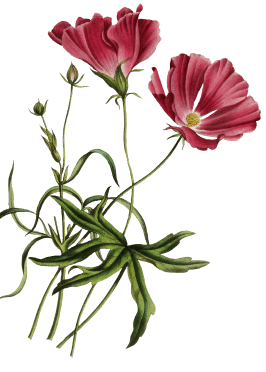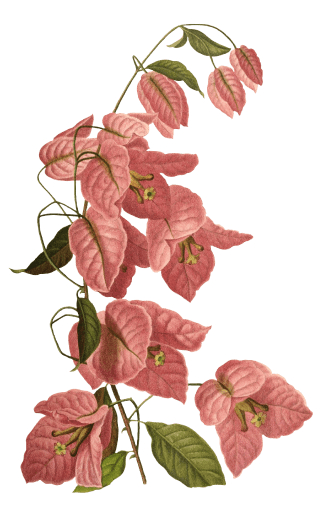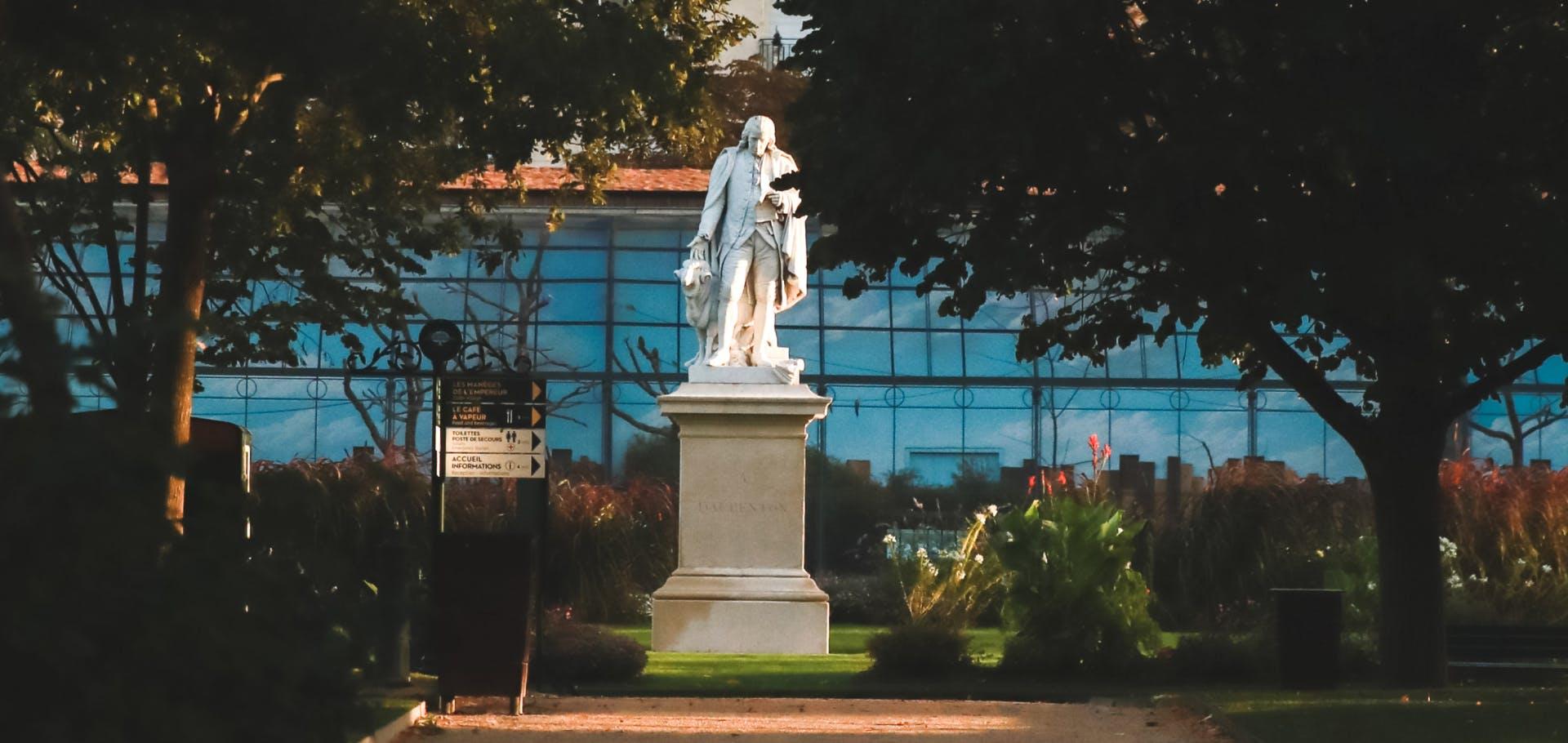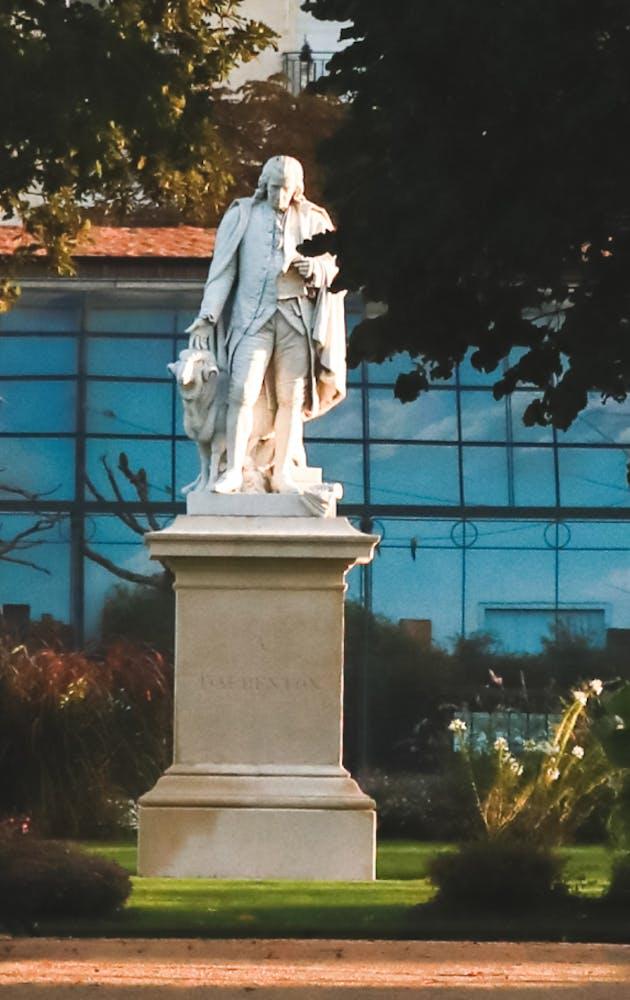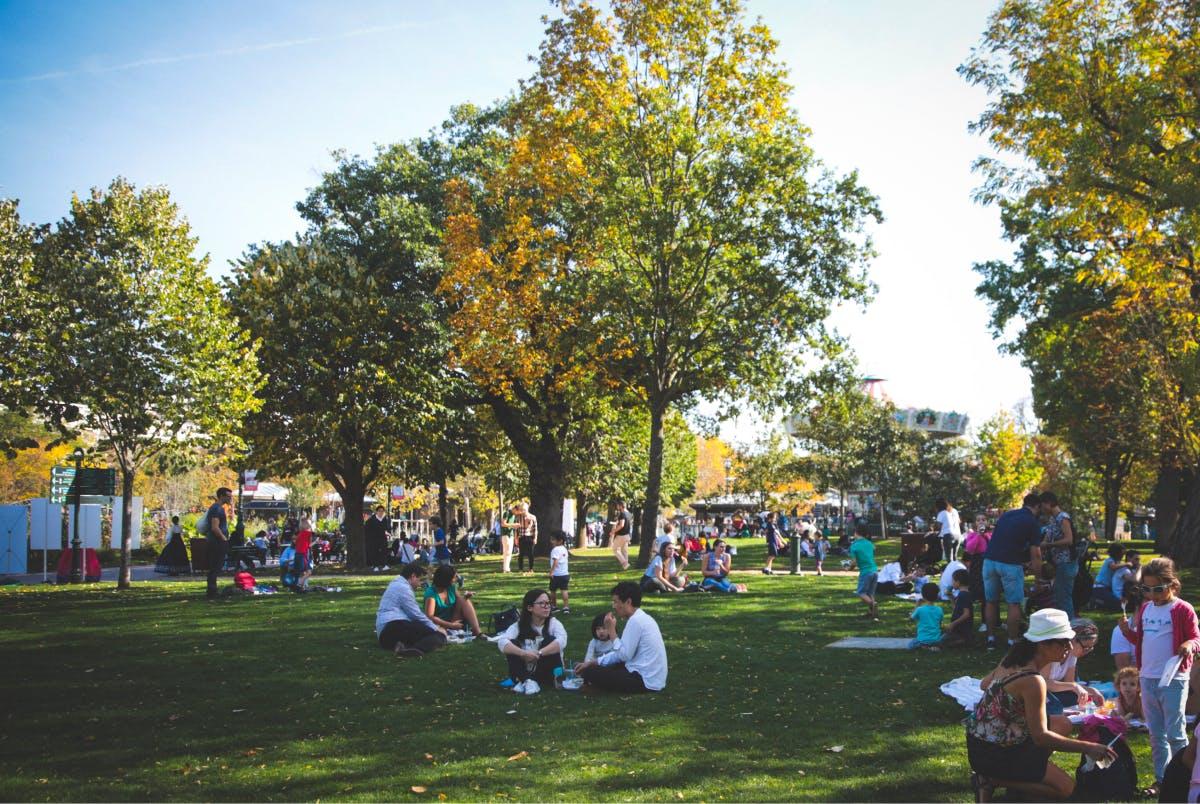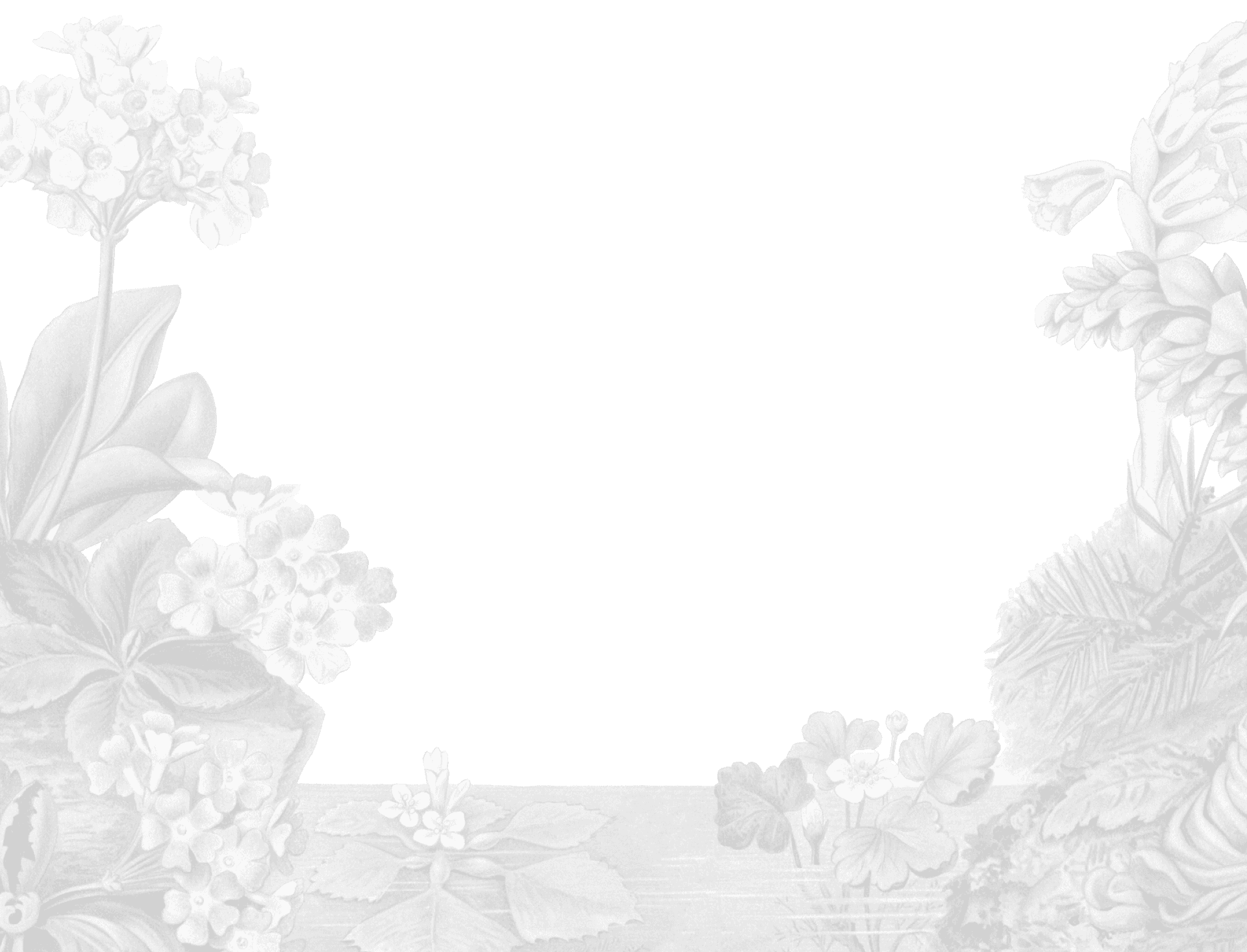

A City of Paris garden
18 hectares of meadows, flowers and woodland




The Jardin d'Acclimatation - A naturally Parisian park
An English Garden in the French Style
Hyde Park, the Serpentine, Kew Garden and many more - Napoleon III, on an "official visit", fell in love with London's gardens and parks. A green lung, tall trees, bucolic strolls punctuated by small temples and romantic ruins - Queen Victoria was not shy in extolling the superiority of the English capital over its French counterpart in these and other respects, even if Dickens did not depict the banks of the Thames in a kinder light than Zola's Paris.
The Emperor was jealous. He wanted to imitate and surpass his British neighbour. To create a French-style English garden to the west of the capital, in what was soon to be known as the Bois de Boulogne and which would attract elegant women in horse-drawn carriages, Napoleon III summoned the team who, at his request, were modernising (and making safe...) Paris. Once again, Baron Haussmann, Prefect of the Seine, Jean-Charles Alphand [1], the loyal engineer who was making the former's dreams come true, Gabriel Davioud, the architect, and Jean-Pierre Barillet-Deschamps [2], the landscape architect, came together to work wonders.
The sovereign followed the project closely. As a young man, the Emperor had been pricked by a few revolutionary ideas and, as a reminder of his past among the Carbonari, had even written a highly progressive work: "L'extinction du Paupérisme" (The Extinguishment of Pauperism). He read the books of the young Barillet-Deschamps. Barillet-Deschamps, who was influenced by Saint-Simonism and Fourierism and invented short circuits, prisoner rehabilitation and budget savings, wrote a booklet in Bordeaux in the 1840s. His thesis was based on a simple idea: the inmates of the Gironde prison would grow the vegetables they would be fed. This market gardening work would keep them busy at the same time as it would enable the prison administration to reduce its food budget. Louis-Napoléon Bonaparte liked the idea before he became President of the Republic in 1848. Emperor Napoleon III remembered this after the coup d'état of 1851. He called this gardener-philosopher to his side.
As a tribute to his work, the technical avenue inside the Jardin d'Acclimatation, which runs alongside avenue Maurice Barrès and separates Neuilly from Paris, is named after him.
[1] Chief engineer of the new promenades and plantations department of the City of Paris in 1854.
[2] Appointed chief gardener of the City of Paris in 1854.

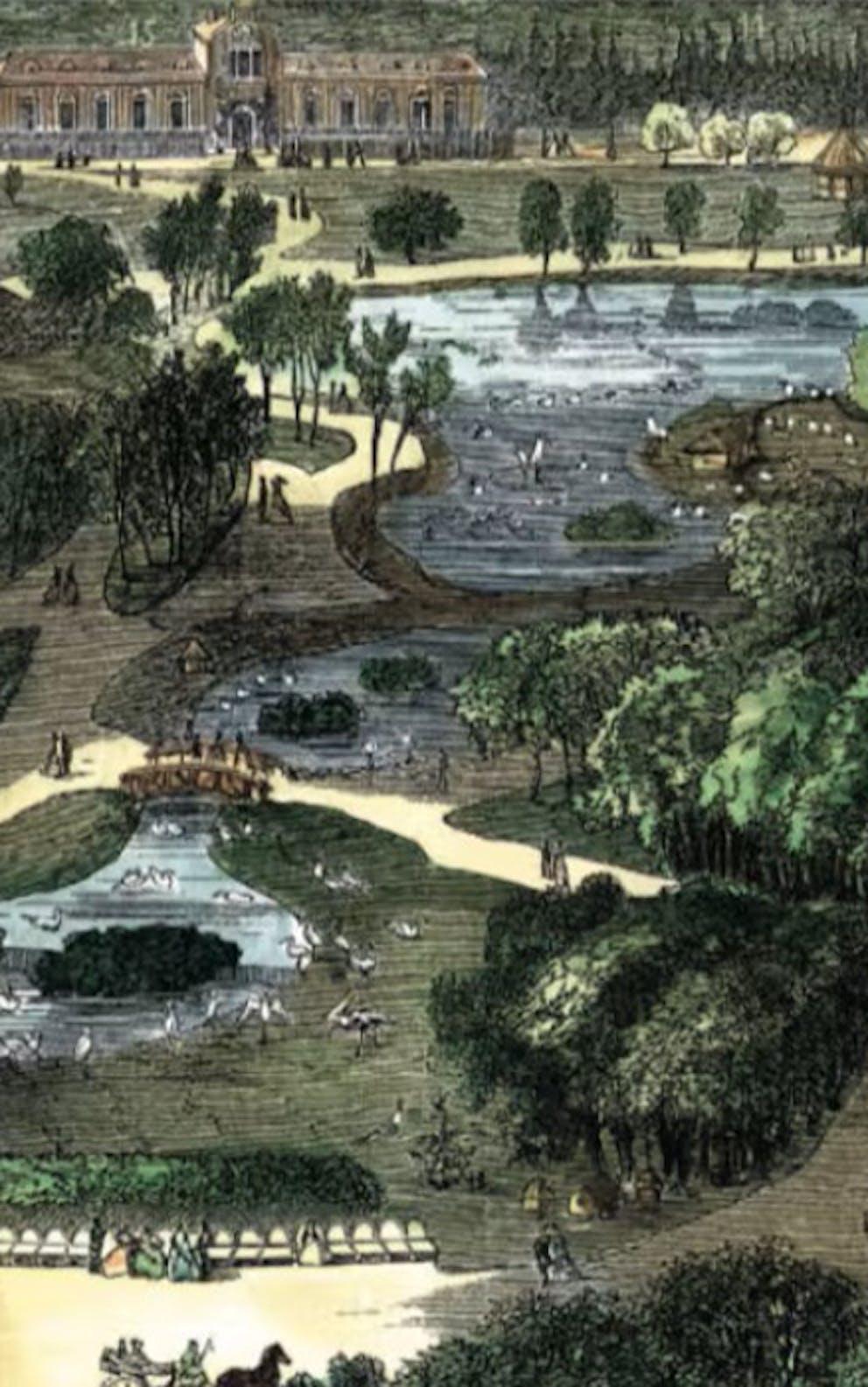
Respecting major principles
Since it was founded in 1860, the Jardin d'Acclimatation has conscientiously applied the fundamental principles of landscape design that were to inspire the great parks of the Second Empire: the central presence of water, with a river and a lake that attract the sun, lateral groves, a network of winding paths, a discovery trail around rocks, a waterfall and a romantic grotto, alternating open spaces and secret corners.
But after the First World War, the landscape of the Jardin lost its authenticity and its appearance deteriorated sharply for several decades. One hectare was taken to enable the construction, in 1972, by architect Jean Dubuisson, winner of the Grand Prix de Rome, of the Musée des Arts et Traditions Populaires, the "People's Louvre", towards which the expected resources did not converge from the very first stone and which failed to find its public[3]. Another was pre-empted to build a bowling alley that was said to welcome Mistinguett and Maurice Chevalier. A few others were taken, but were closed to the public and turned into riding stables. The Park fell apart.
In 2018, LVMH, which has been building the Fondation Louis Vuitton since 2006, will initiate a vast programme to restore the site to its original design and recover its plant heritage. More than 350 trees and 35,000 shrubs, including sophoras, were planted. A number of makeshift buildings were demolished, the soil was desilted, unnatural fertilisers and herbicides were banned, and cars were prohibited from entering and, even more so, from parking.
Thanks to the reorganisation of its various landscaped areas, the park has regained its historic identity and revived its tradition of environmental acclimatisation. It boasts an exceptional wealth of plant life, with a total of more than 1,800 trees, including Chinese pines and Hungarian lime trees, as well as 400 Austrian oaks and black pines, the "living pillars" of this natural temple. A dozen or so enthusiastic gardeners are responsible for looking after this exuberant flora. The City of Paris supervises the operations carried out by the Société du Jardin staff and financed by LVMH (pruning, planting, upkeep, maintenance, etc.).
[3] Its collections are now housed at the MUCEM in Marseille.
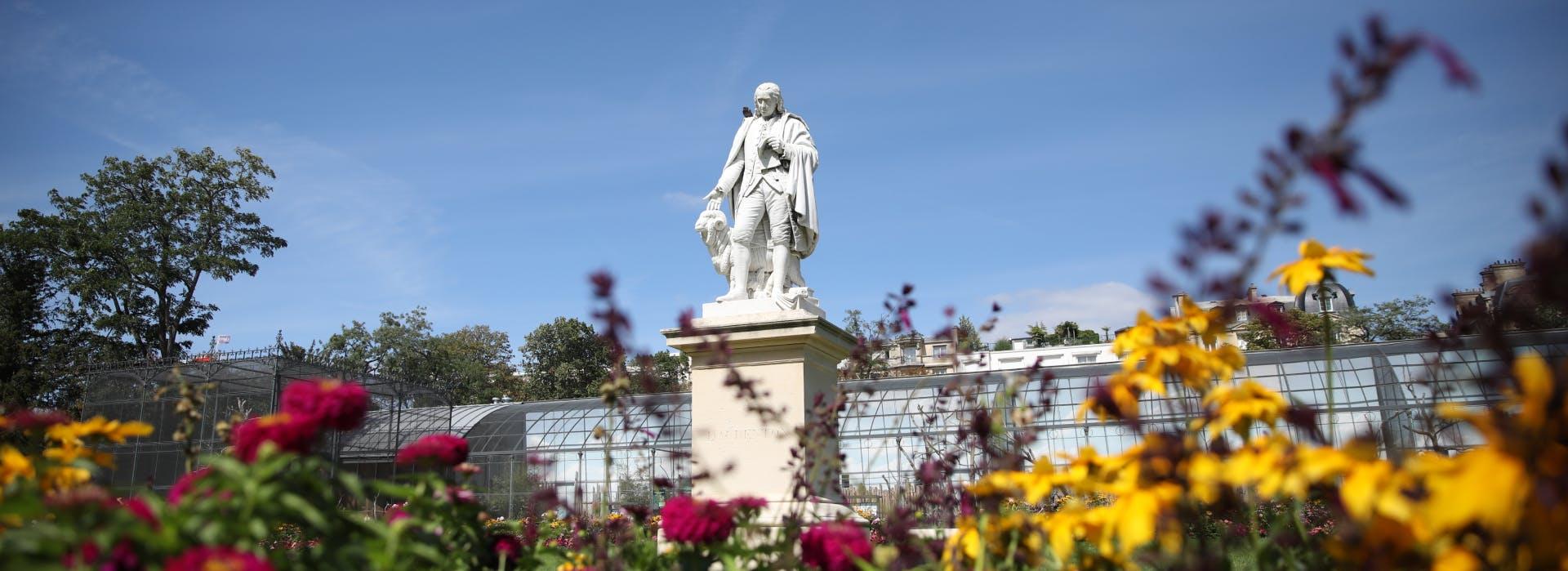
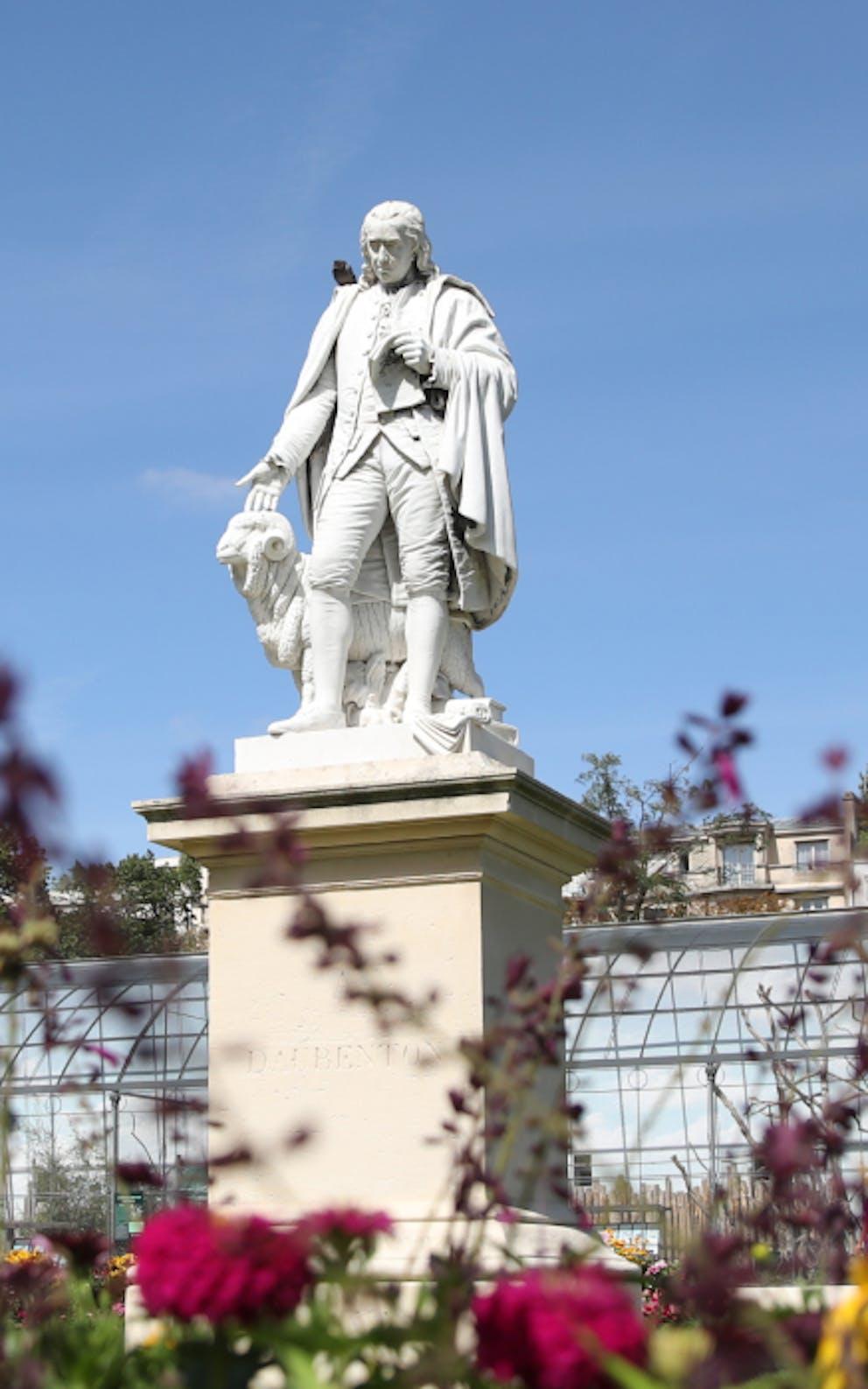
A royal forest and marshes
Coherence, balance, pattern, atmosphere, perspective and openness are the basic precepts on which the redevelopment of the site is based. These are expressed in the form of avenues, rivers, banks, edges, gaps, clearings, undulations and belvederes. A veritable theatre of greenery unfolds before the eyes of visitors, who are invited to move around and enjoy themselves. A bandstand worthy of a flourishing sub-prefecture, a Korean garden donated by the City of Seoul to the City of Paris, large 19th-century stables, a dovecote attributed to Gambetta, two paddling pools, a vegetable garden and rocks, a picnic area, several restaurants, a theatre and some forty merry-go-rounds dot the lawns and groves.
The allée Alphand - the original ellipse opening onto the heart of the site - reappears in all its poetic glory, with its undulations, elevations and varied species. As for the river, it meanders gently through open spaces. Its banks, planted with cherry trees, are an invitation to stroll and daydream. One of the objectives of the Jardin d'Acclimatation is precisely to restore this little river, which until now has been channelled, tunnelled and hidden, to its natural course and bed, thanks to the construction of the Dragon 2, its new Roller-Coaster.
From the moment they enter the main entrance, visitors are immersed in a bewitching plant environment, invited to wander down the long driveway or lose themselves in the shady paths. The attention paid to the borders reinforces the plant relationship between
the Jardin d'Acclimatation and the Bois de Boulogne, a distant memory of a royal forest, dotted with the marshes that gave their name to the site of the Jardin (and later to its metro station): the Sablons... The only exceptions to this charming disorder are the flowerbeds in front of the Grande Volière, which are once again impeccably ordered and regular, and the symmetry of the Versailles style.
The special care taken with the landscape, in particular through the enhancement of historic trees, biodiversity and new species adapted to climate change (the speed rocket arena is surrounded by redwoods), is part of a well-thought-out and balanced overall vision for the park. The Garden maintains an intimate relationship between plants and buildings, thanks to the fusion of natural elements and transparent façades. The games, rides and attractions are also set in a setting of plants and minerals, such as the rock gardens that evoke the landscape art of centuries past. Each area has been designed to express a specific identity, which visitors discover through sensory immersion, wandering among the banana trees of the enchanted river, the Inca oaks, the hundred-year-old cedars and the flowerbeds.
